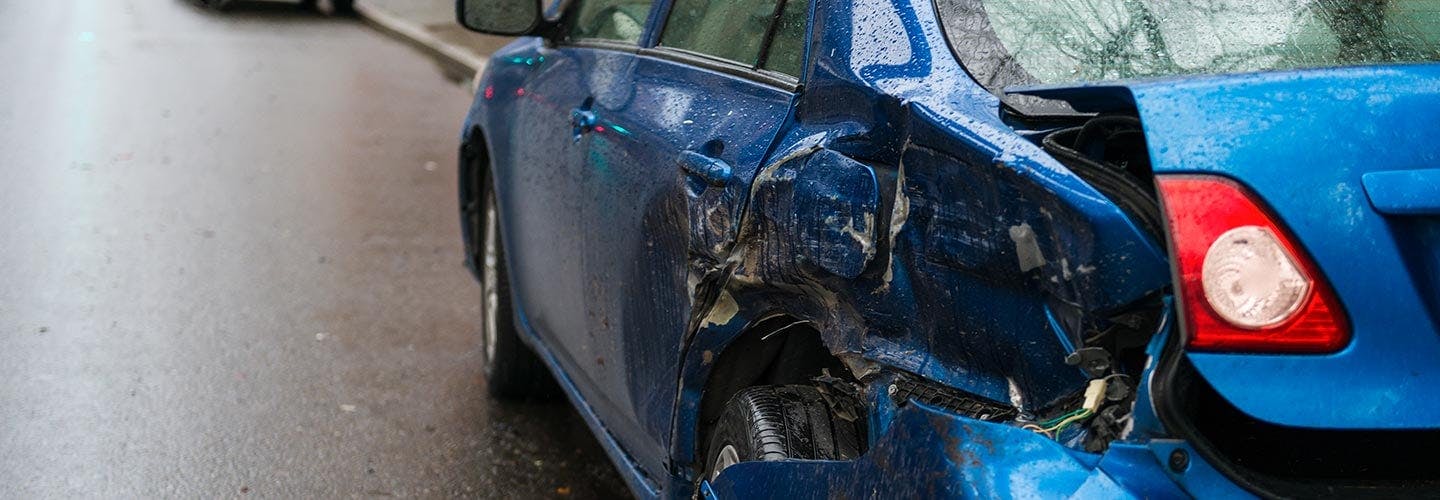Injury, information, insurance: what to do after a hit-and-run
- Crisis management
- Auto insurance

We’ve all had our vehicle dinged or scratched in the parking lot. No one likes it, but we grit our teeth and accept it as an annoying part of life as a driver. Of course, it could be worse. Sometimes someone hits your vehicle and speeds away. What is there to do after a hit-and-run?
It’s important to remain calm and gather as much information as possible. Your insurance carrier and the police will need it for their documentation. The more information you give them, the faster the claims process—and vehicle repairs.
Follow these tips and you’ll be an expert in what to do after a hit-and-run.
Enjoy the ride with the right auto insurance
Check for injuries – The MOST important thing is making sure that you and your passengers are okay. Call an ambulance if necessary and document any injuries from the accident.
Stay at the scene – Do not chase after the other driver hoping to catch them. This could cause more damage to your vehicle or even other vehicles or pedestrians. You’ll also lose the chance to collect eyewitness accounts, which both the police and your insurance carrier will definitely want.
Document what you know about the other driver – Write down as much as you can about the other driver, their vehicle and the accident. Useful information about the driver includes:
- Their vehicle’s license plate number
- The make, model and color of their vehicle
- A description of the damage to their vehicle
- The direction they were heading
Describe the accident – Take photos of the damage to your vehicle and note the location, time and cause of the accident. Write a note or use your cell phone to make a voice recording of everything while you’re at the scene before you start to forget details.
Collect eyewitness testimony – Determine if anyone nearby witnessed the accident. They will have seen it from a different angle than you and might be able to supply additional information. If possible, have them give the police an official statement. Make sure to get their names and contact information in case there are questions later. An eyewitness account is especially useful if you were not with your vehicle when the accident occurred.
File a police report – Even if the police do not show up to the scene of the accident, it is still important to file a police report. The official accident report will help police search for the responsible driver and will be invaluable to you during the claims process.
Contact your insurance carrier – Call your insurance carrier as soon as possible to file an accident claim. Give them all the documentation that you have from the previous steps, as well as the number of the police report. The more information you can provide, the faster and easier the claims process will be. You can also speak to your insurance brokerage before talking to your carrier to get advice on how to proceed.
Remaining calm and following these tips will hopefully make a bad situation a little less stressful. For more information, reach out to your VIU by HUB Advisory Team.